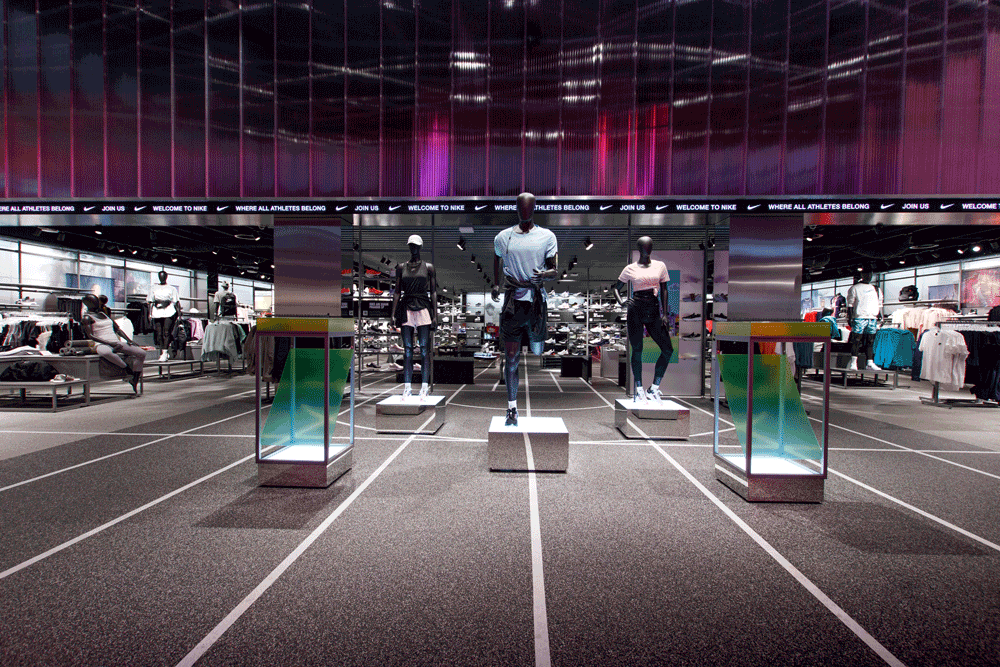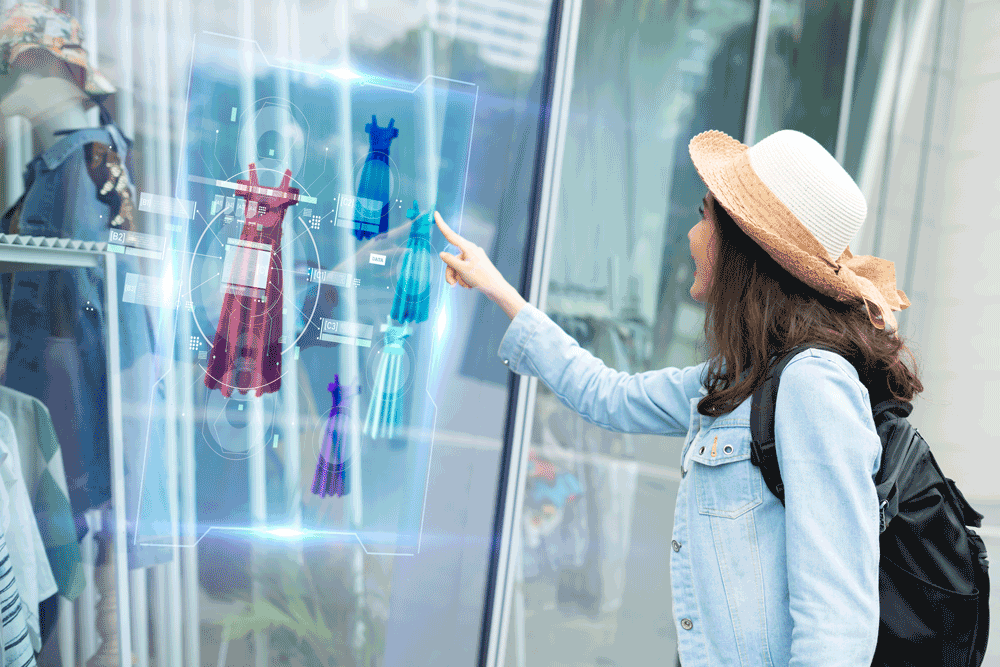On the back of significant changes in consumer behaviour over the past few years, many retailers are contemplating (or contemplating again) the future role of the store. New technologies and features make it possible to dramatically improve customer experience, enabling retailers to change how they engage customers in stores, and in some cases, transforming the store from being transaction focused to becoming a brand-building tool. However, the wider array of choices made available by new technologies makes finding the right path forward for your business challenging.
Understanding the multichannel approach that is right for your company, customers and markets is business critical. Now more than ever, businesses need a trusted guide with broad experience and perspective, and with the ability to help them tailor a successful multichannel strategy.
"The world of multichannel is becoming increasingly complex — both in what the customers require, and the technology available to deliver it. Retailers need to think long and hard about the experience they want to provide before diving in."
— Jonathan Simmons, Partner
Clearly there is no one-size-fits-all solution. But to fast-track the decision-making process on which technologies will have the most significant impact on customer experience for your business, we have developed three core archetypes. In this Executive Insights, we outline each of them, discuss the issues they address and the factors that affect them, and explain how they can help you make key decisions in designing your own unique multichannel approach.
Introducing the three L.E.K. Consulting multichannel archetypes
Developed through a blend of first-hand experience and detailed analysis of case studies from across the world of retail, our three archetypes offer a first step towards a bespoke multichannel approach for your business. Inclusive and adaptable – some iconic players, such as Nike, successfully blend archetypes to adopt a dual strategy that suits their business and markets.
Archetype 1: Slick Processing
Slick Processing is best suited to retailers where the role of the stores is primarily transaction-focused, with a relatively more limited role for brand-building or customer service. This archetype allows customers to shop with little or no interaction from sales staff.
App technology can play a key part in delivering a simple and seamless customer experience, with shoppers directed towards specific products. Apps are also increasingly enabling smart checkouts, allowing customers to avoid delays by simply leaving the store with their selections, safe in the knowledge that the goods have been paid for digitally.
This archetype leverages automation to allow front- and back-end units to work together seamlessly and reduce reliance on and the need for physical staff. Good stock management is key, as physical retail outlets double as fulfilment centres for online orders with effortless click-and-collect for customers, automatic restocking of display shelves and online e-commerce linked in real time to in-store stock levels to deliver a reliable service.
Amazon Go and Whole Foods, as well as parts of Nike’s store experience, are strong examples of the Slick Processing archetype being used successfully to create an improved and targeted customer experience.
Archetype 2: Enhanced Customer Journey
The Enhanced Customer Journey archetype is designed for retailers with a store estate that plays an important role in building brand equity. The purpose for a store visit is not purely transaction-focused. Retailers adopting this strategy benefit from increased social media engagement, heightened brand recognition and the opportunity to influence their target audiences.
Delivering an Enhanced Customer Journey demands a significantly more personalised experience, and retailers likely need to invest in augmented reality (AR) and in some cases artificial intelligence (AI) technologies to enable tailored recommendations, personalised products, targeted offers and customer support. Flexible loyalty programmes may also play a significant role in ensuring repurchase — with purchases online, in-app and in-store fully tracked and integrated.
Nike combines the Enhanced Customer Journey and Slick Processing archetypes to create a unique blended strategy. Walmart’s up-market menswear brand Bonobos and beauty specialist Sephora both use the Enhanced Customer Journey archetype to notable success.
Archetype 3: Experiential Retail
Our third archetype uses physical retail space to deliver an immersive experience for customers where they can discover the brand, learn its history and connect with its values. Here the store visit is an experience in and of itself, and the aim of the interaction with the customer is as much around brand building as it is sales conversion.
Virtual reality (VR) technologies, AR and in-store 3D printing combine to create a particularly memorable shopping experience that fuels a heightened emotional connection with the brand. Products in this archetype are often more complex, allowing retailers the opportunity to offer greater levels of customisation and education both in-store and online.
Because the store estate is typically smaller, retailers can commit higher levels of investment, turning stores into unique venues that become true ‘destinations’ for target customers, further increasing levels of brand loyalty and alignment. Due to the lower transaction focus, stores often have lower stock levels, but retailers counter this by ensuring customers can quickly place orders for fast and free home delivery.
Chanel, Burberry and Audi are strong examples of premium brands successfully investing in Experiential Retail to drive brand loyalty and retail sales.
Combining archetypes to create a bespoke model for your business
Being fluent in each of the three archetypes is just the start of our work in developing multi-channel strategies for our clients. By understanding what makes them effective, we can use them as building blocks for a model tailored to suit each unique client we work with (see Figure 1).









